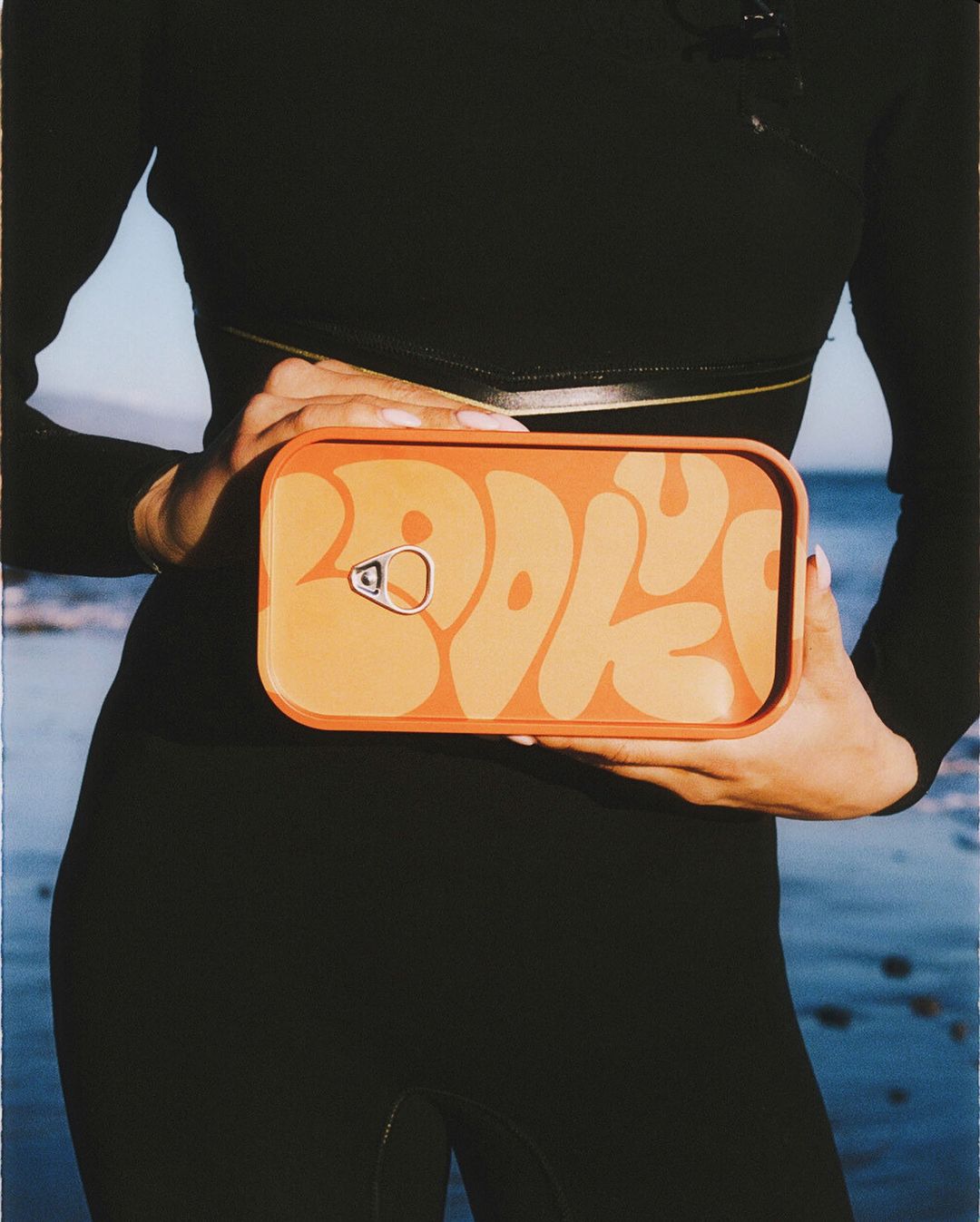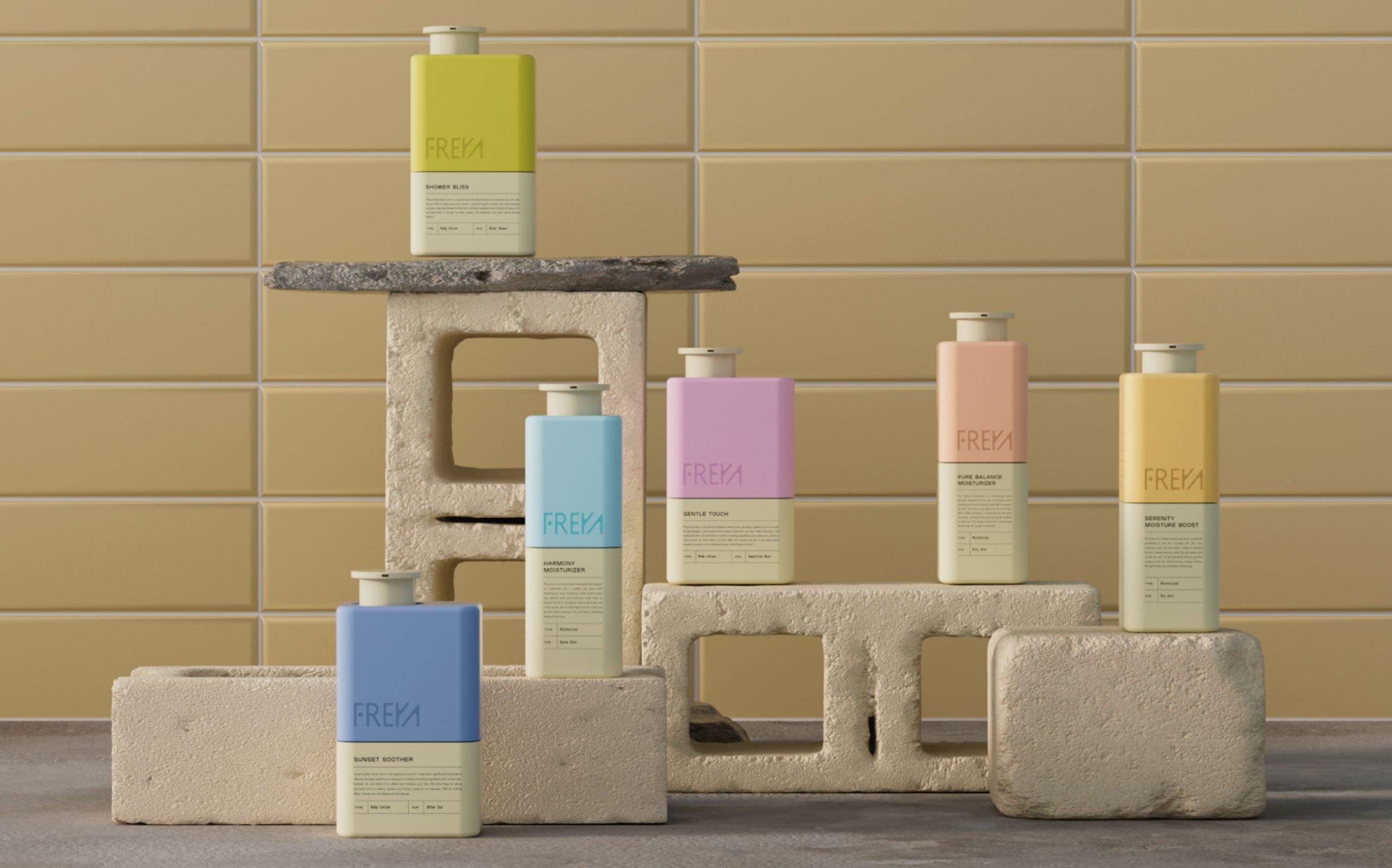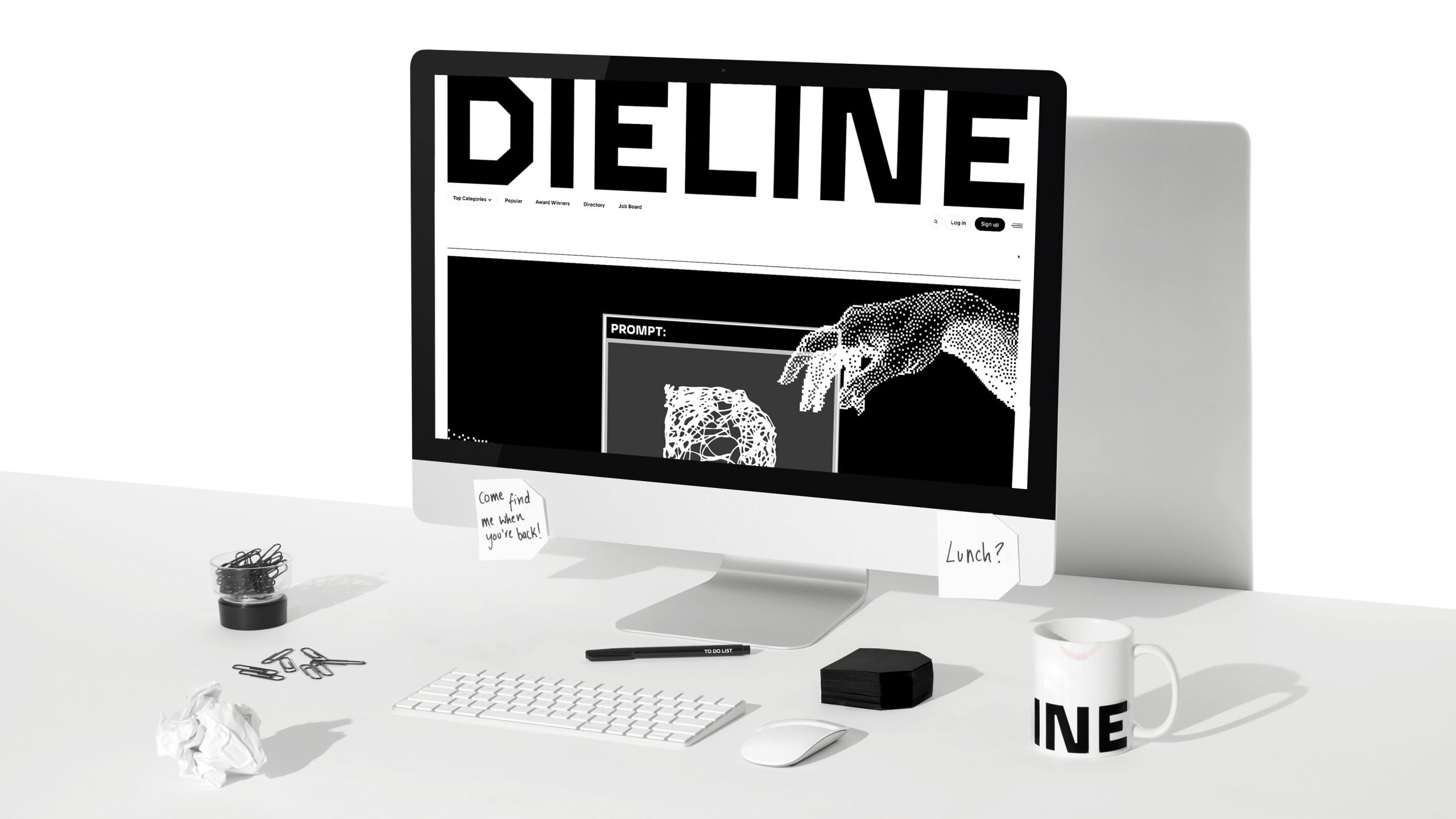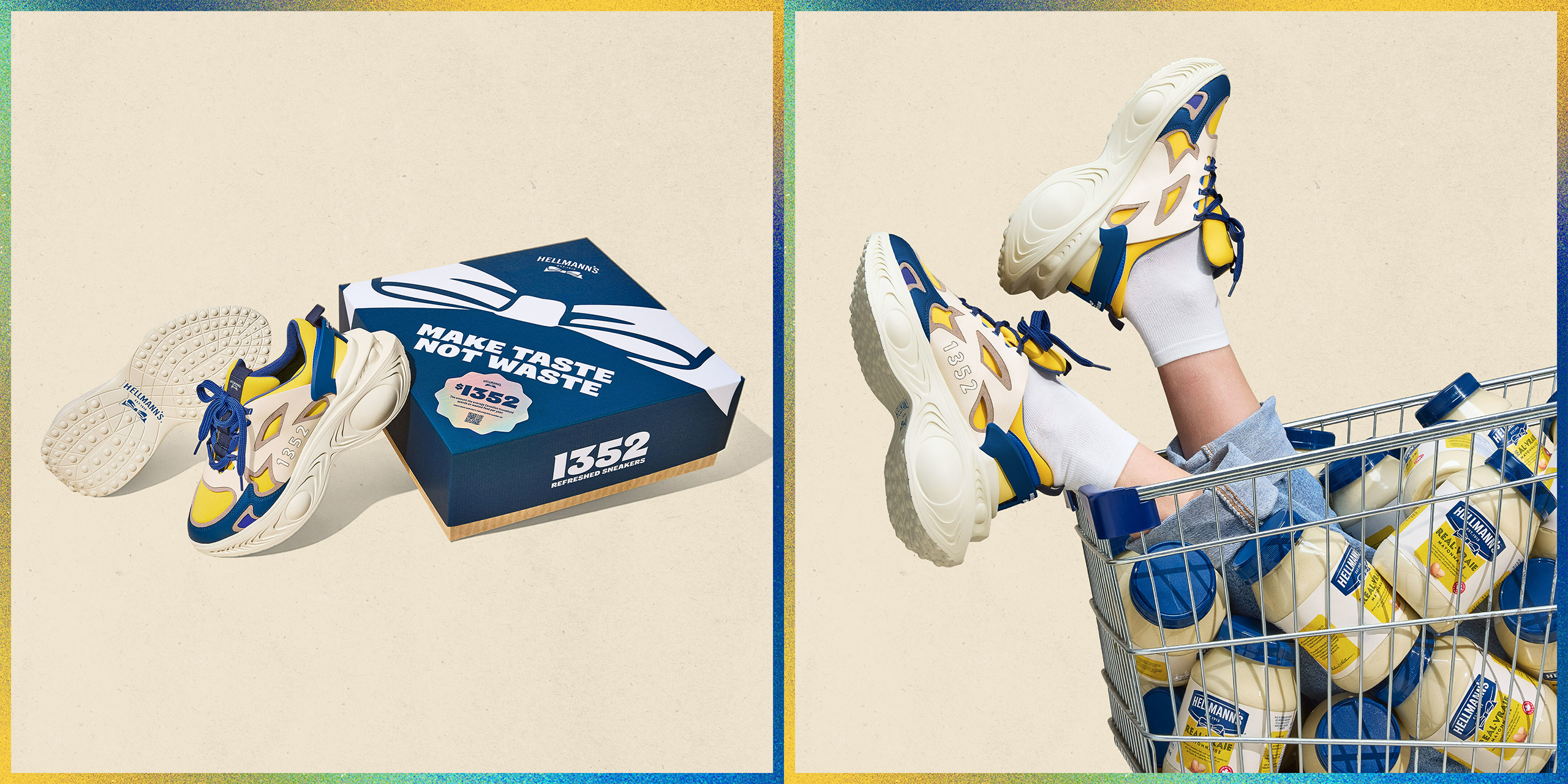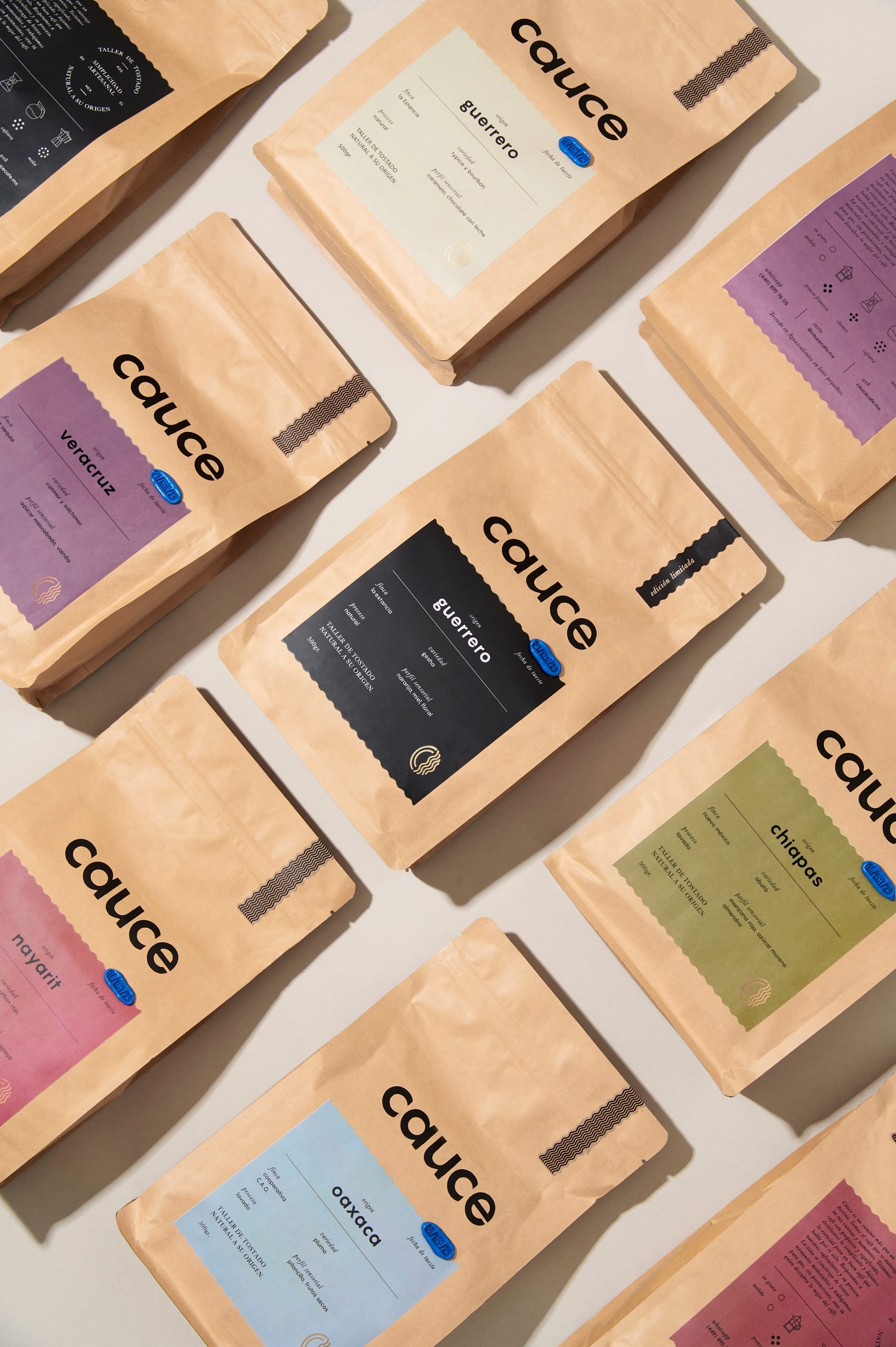“I’ve just been traveling for seventeen hours.”
Petrula Vrontikis, the creative director and senior faculty member at ArtCenter College of Design, casually mentions this as we begin our conversation. From this simple comment alone, itâs instantly clear how genuine Vrontikis isâdespite being extremely jet-lagged, sheâs kind, authentic, and, above all, massively talented and insightful.
Beyond being an avid traveler, Vrontikis is an educator, designer, and author recognized by AIGA as an influential voice in the design industry. Her work has appeared in countless print publications, including her own book Inspiration: A Creativity Sourcebook for Graphic Designers. She has taught at ArtCenter for over 30 years, where she currently teaches Grad Theses 1: Portfolio Lab and Portfolio & Career Preparation.
